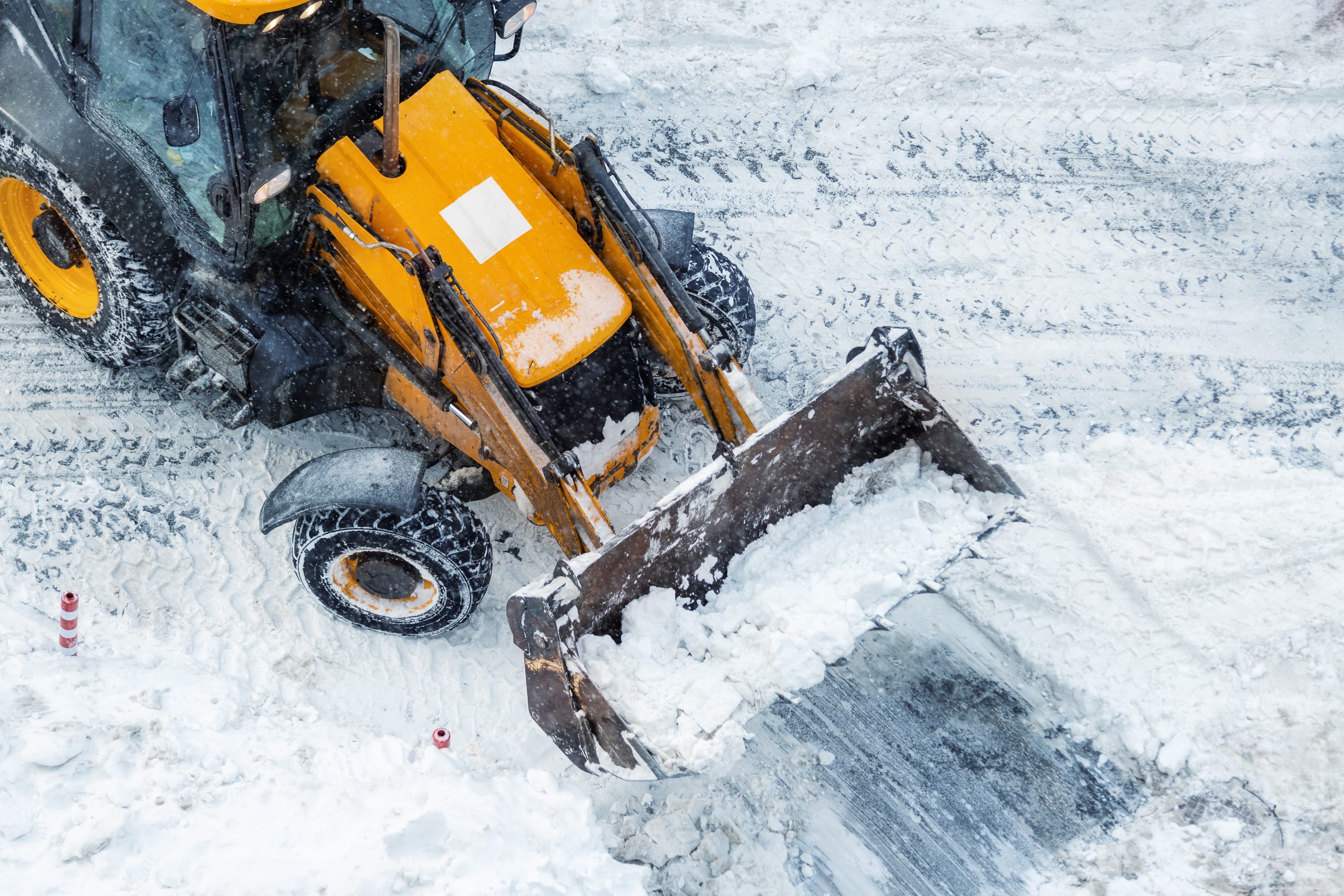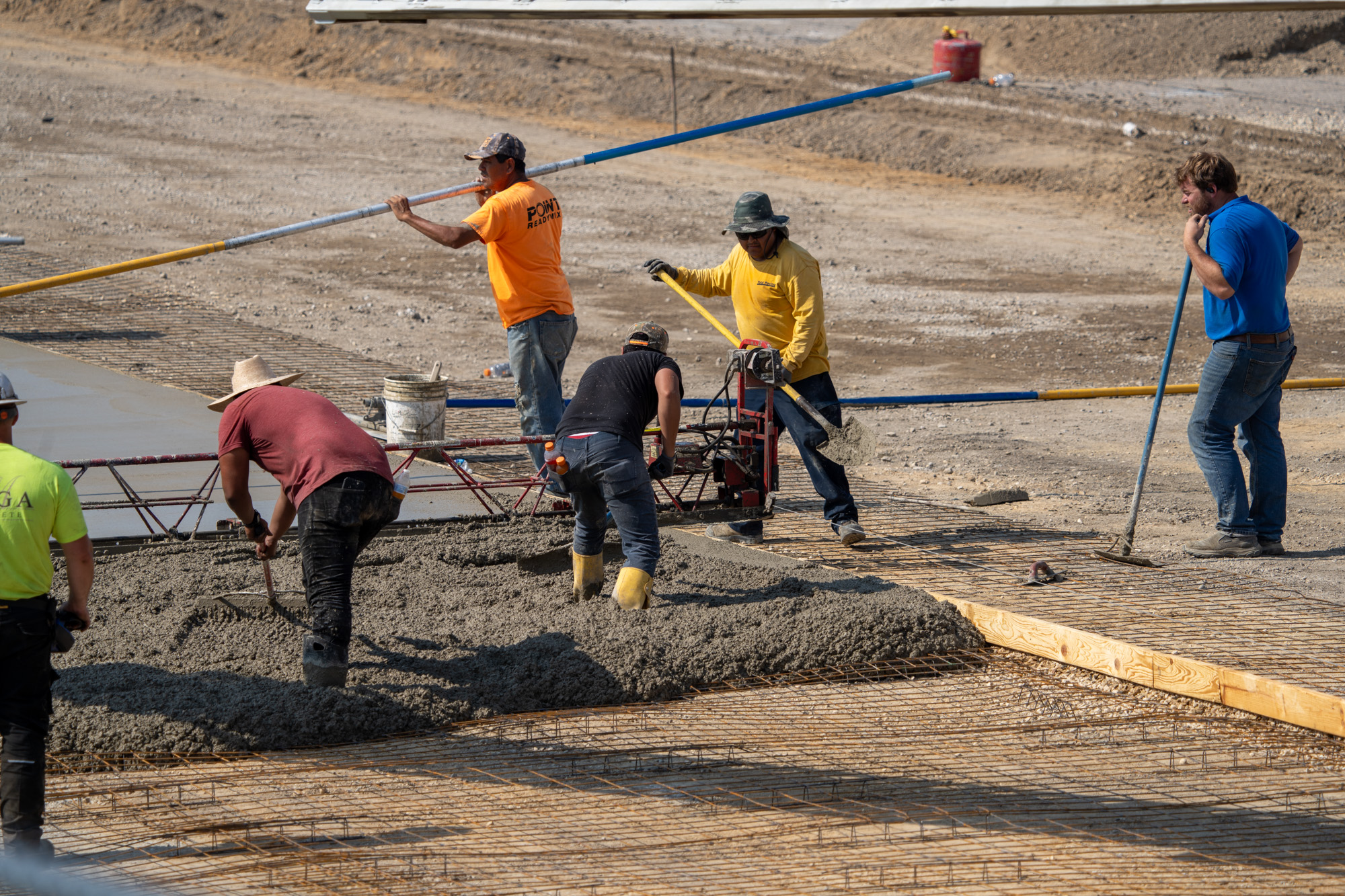The Impact of 2024’s Harsh Winters on Asphalt Surfaces: What to Expect and How to Prepare

Preparing for the Unpredictable: How 2024’s Harsh Winter Affects Your Asphalt
Winter in Racine, WI, can be brutal, and 2024 is shaping up to be no exception. With predictions of record snowfall and fluctuating temperatures, asphalt surfaces across the region are in for a rough ride. As we brace for what could be one of the harshest winters in recent memory, it’s crucial to understand how these conditions will impact your asphalt surfaces and what you can do to prepare.
Winter Asphalt Damage: The Invisible Threat Beneath the Snow
Winter may look beautiful on the surface, but beneath that white blanket, your asphalt could be suffering. The combination of snow, ice, and fluctuating temperatures can wreak havoc on roads, driveways, and parking lots. In 2024, experts predict an increase in freeze-thaw cycles, which means your asphalt will be exposed to more stress than usual.
Understanding the Freeze-Thaw Cycle and Its Impact
The freeze-thaw cycle is a primary culprit of winter asphalt damage. When water seeps into cracks in the asphalt and freezes, it expands, causing the cracks to widen. As the ice melts, the asphalt contracts, but the damage is already done. Repeated freeze-thaw cycles can turn small cracks into potholes, leading to more extensive and costly repairs down the line.
How 2024’s Weather Predictions Will Exacerbate Asphalt Damage
In 2024, meteorologists are forecasting an increase in temperature fluctuations, which means more frequent freeze-thaw cycles. This year, Racine residents should expect more days where temperatures hover around freezing, leading to more opportunities for water to seep into cracks and cause damage. The combination of heavy snowfall followed by rapid thaws could be particularly damaging, as the excess water has nowhere to go but into the cracks of your asphalt.
Protecting Your Asphalt: What You Can Do Now
The good news is that there are steps you can take to protect your asphalt from winter damage. By preparing now, you can save yourself a lot of headaches (and money) come spring.
Seal Coating: Your First Line of Defense
Seal coating is one of the most effective ways to protect your asphalt from the elements. A fresh seal coat acts as a barrier, preventing water from seeping into the asphalt and causing damage. If you haven’t had your asphalt seal-coated in the last two years, now is the time to do it.
Bullet Points: Benefits of Seal Coating
- Prevents water penetration
- Reduces the impact of freeze-thaw cycles
- Extends the life of your asphalt
- Enhances the appearance of your driveway or parking lot
Crack Filling: Addressing Problems Before They Grow
Even small cracks can turn into major issues if left untreated. Before winter sets in, take the time to inspect your asphalt for any cracks and have them filled. Crack filling is a quick and cost-effective way to prevent water from getting into your asphalt and causing further damage. In 2024, with the expected increase in freeze-thaw cycles, crack filling is more important than ever.
Regular Maintenance: The Key to Longevity
Winter asphalt damage doesn’t just happen overnight. It’s the result of wear and tear over time. By keeping up with regular maintenance, including crack filling and seal coating, you can extend the life of your asphalt and avoid costly repairs. Make it a habit to inspect your asphalt surfaces regularly, especially after a heavy snowfall or a freeze-thaw event.
What to Expect in Spring 2024: The Aftermath of Winter Asphalt Damage
As winter fades and the snow begins to melt, you may start to notice the toll that 2024’s harsh conditions have taken on your asphalt. Even with the best preparation, some damage is inevitable. Here’s what you can expect and how to address it.
Potholes: The Unwelcome Signs of Winter’s Fury
Potholes are one of the most common forms of winter asphalt damage. As the ground beneath the asphalt shifts due to freeze-thaw cycles, the surface layer can crack and collapse, leading to potholes. While small potholes can be repaired with a simple patch, larger ones may require more extensive work.
Resurfacing vs. Replacement: Making the Right Choice
If your asphalt has suffered significant damage, you may need to consider resurfacing or even replacing it. Resurfacing involves applying a new layer of asphalt over the existing surface, which can be a cost-effective solution if the underlying structure is still sound. However, if the damage is too extensive, full replacement may be necessary. Consulting with an experienced asphalt contractor can help you make the right decision.
Conclusion: Be Proactive and Protect Your Investment
Winter asphalt damage is a reality that homeowners and businesses in Racine, WI, must face, especially with the harsh conditions expected in 2024. By taking proactive steps now—such as seal coating, crack filling, and regular maintenance—you can minimize the impact of winter on your asphalt surfaces. And when spring arrives, you’ll be better prepared to address any issues that do arise, ensuring that your driveway, parking lot, or road remains in good condition for years to come.
Ready to Protect Your Asphalt from 2024’s Harsh Winter? Contact Asphalt Contractors Inc. Today!
Don’t wait until winter’s damage is done. Contact Asphalt Contractors Inc. to schedule your asphalt maintenance and ensure your surfaces are protected. Whether you need seal coating, crack filling, or a full resurfacing, our team of experts is here to help. Protect your investment and enjoy peace of mind this winter—reach out to us today!


